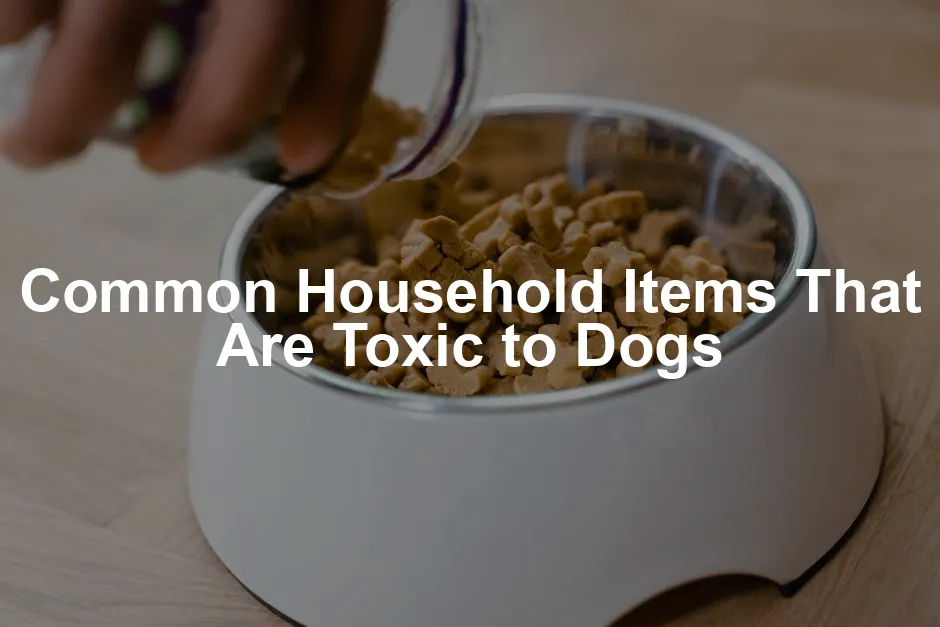Introduction
Pet safety is paramount in creating a loving home for our furry friends. As much as we adore them, our homes can hide some sinister surprises. From seemingly harmless items to everyday products, many dangers lurk in plain sight. For instance, did you know your favorite snack could be your dog’s worst enemy? It’s true!
This article aims to shine a light on common household items that can be toxic to dogs. By understanding these risks, you can prevent accidental poisoning and create a safer environment for your beloved companions. Awareness is key; a little knowledge can go a long way in safeguarding your pet’s health. So, let’s uncover these hidden hazards and ensure our four-legged friends stay safe and sound!
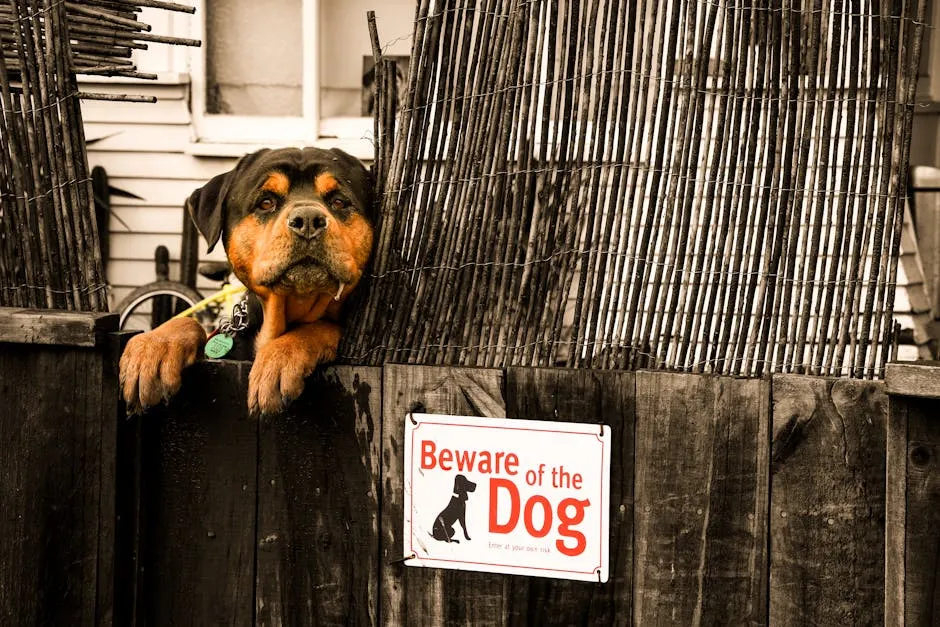
Understanding Pet Toxicity
What is Pet Toxicity?
Pet toxicity refers to harmful reactions that occur when dogs ingest toxic substances. The implications for dog health can be serious, even life-threatening. Toxicity can vary widely based on the specific substance involved, how much was consumed, and the individual dog’s characteristics.
Several factors influence toxicity levels. A dog’s size plays a crucial role; smaller breeds are often more susceptible to the effects of toxins than larger ones. Age and overall health also matter. Puppies and older dogs may not process toxins as effectively, increasing their risk.
Pet owners must be vigilant about what their furry friends can access. Many seemingly benign household items can become serious threats. Understanding the risks is essential for responsible pet ownership.
One way to ensure your dog’s safety is to have a Dog First Aid Kit readily available. Accidents happen, and having the right tools on hand can make all the difference in an emergency!
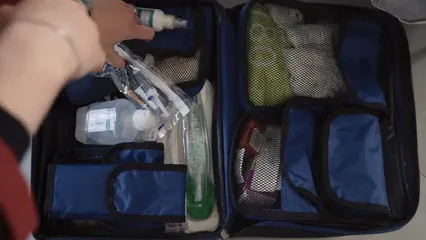
Signs and Symptoms of Poisoning
Recognizing the signs of poisoning in dogs can be critical. Common symptoms to watch for include:
- Vomiting
- Lethargy
- Tremors
- Diarrhea
- Excessive drooling
- Seizures
If you notice any of these signs, don’t hesitate! Quick action can be lifesaving. Contact your veterinarian or a pet poison control center immediately. Remember, early intervention is crucial for a positive outcome. Your dog’s life may depend on it!
Being aware of the signs can help you act swiftly and decisively. Your furry friend relies on you to keep them safe and healthy.
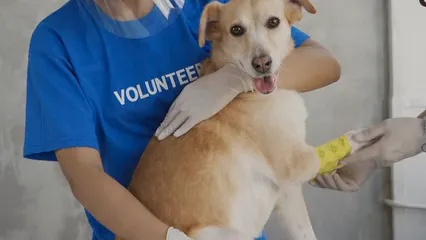
Common Toxic Household Items
Edible Hazards
When it comes to our furry friends, not everything that’s safe for us is safe for them. Here’s a rundown of some common household foods that can spell trouble for our canine companions.
Chocolate
Chocolate is a well-known danger for dogs. It contains two toxic compounds: theobromine and caffeine. Dogs metabolize these substances much slower than humans do. This can lead to a range of symptoms, including vomiting, diarrhea, and increased heart rate. Dark chocolate and baking chocolate are the worst offenders, packing a higher concentration of these harmful compounds. In severe cases, chocolate ingestion can cause seizures, internal bleeding, or even death. If you suspect your dog has indulged in chocolate, act fast! Time is of the essence, so contact your veterinarian or a pet poison control center immediately.

Grapes and Raisins
Grapes and raisins are little fruit nuggets that can wreak havoc on a dog’s kidneys. The exact substance that causes toxicity remains a mystery, making this threat even more concerning. Even small amounts can lead to severe kidney failure. Symptoms often include vomiting, lethargy, and decreased urine output. If your dog consumes grapes or raisins, don’t wait for symptoms to appear. Call your vet right away to discuss potential treatments. Remember, better safe than sorry!
Xylitol
Xylitol is a sugar substitute found in many sugar-free products like gum, candies, and baked goods. This sweetener is very toxic to dogs. It can lead to a rapid release of insulin, causing a dangerous drop in blood sugar levels, known as hypoglycemia. Symptoms can appear within 30 minutes of ingestion and include vomiting, lethargy, tremors, and seizures. In severe cases, xylitol can also lead to liver failure. If your pup has snacked on something containing xylitol, don’t delay—seek veterinary help immediately.
Onions and Garlic
Onions and garlic belong to the allium family and contain thiosulfate, which can be harmful to dogs. These substances can cause oxidative damage to red blood cells, leading to hemolytic anemia. Symptoms may not appear until days after ingestion and can include weakness, vomiting, and pale gums. Both cooked and raw forms of these foods are harmful. If you’re cooking with these ingredients, make sure your pup doesn’t sneak a taste. If ingestion occurs, it’s crucial to reach out to your veterinarian as soon as possible for guidance.
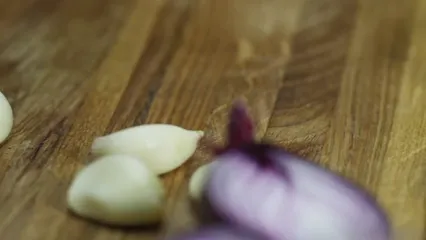
Alcohol
Alcohol isn’t just for humans! It can be a significant threat to dogs. Even small amounts of alcohol can lead to severe health problems. Dogs can’t metabolize alcohol as we do, which means it affects their central nervous system quickly. Symptoms include disorientation, vomiting, decreased coordination, and in extreme cases, respiratory failure or even death. If your dog accidentally drinks any alcohol, reach out to your vet immediately. Remember, it’s best to keep all alcoholic beverages out of reach!

Macadamia Nuts
Macadamia nuts may seem like a harmless snack, but they are toxic to dogs. The exact toxin remains unidentified, but symptoms can develop within 12 hours of ingestion. Affected dogs may show signs like vomiting, tremors, weakness, and even joint stiffness. If you suspect your dog has eaten macadamia nuts, don’t hesitate to contact your veterinarian for advice. Quick action can make a difference!
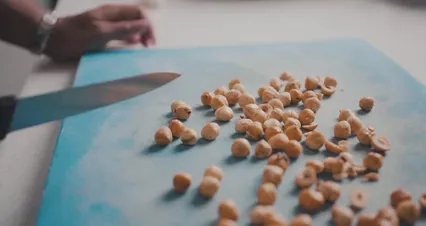
Other Common Foods
Besides the previously mentioned hazards, several other common foods also pose risks to dogs. Fatty foods can lead to pancreatitis, a painful inflammation of the pancreas. Caffeine, found in coffee and tea, can be dangerous as well, potentially causing increased heart rates and restlessness. Avocado contains persin, which is mildly toxic to dogs. Although the risk is lower compared to other foods, it’s still wise to keep avocado products away from your pet. Always be cautious with what you share at the dinner table—your dog’s safety depends on it!
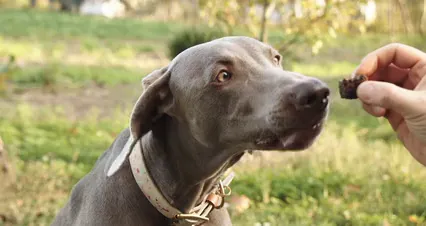
Household Chemicals
Household chemicals are often necessary for maintaining a clean and safe environment, but they can also pose significant risks to our beloved dogs. Many common cleaning agents, pesticides, and medications are toxic to our furry companions. Understanding these dangers is crucial for keeping them safe at home.
Cleaning Agents
Cleaning agents are a staple in most households, but some contain harmful ingredients that can adversely affect dogs. Bleach, ammonia, and other harsh chemicals are frequently found in cleaning products.
Bleach is a potent disinfectant, but if ingested or inhaled, it can lead to severe gastrointestinal irritation and respiratory problems. Symptoms may include drooling, vomiting, and difficulty breathing. Ammonia is another common ingredient found in window and floor cleaners. It can irritate your dog’s eyes, skin, and respiratory tract, resulting in coughing and lethargy.
Even seemingly harmless products, like fabric softeners, can be dangerous. Many contain cationic surfactants that can cause gastrointestinal upset if ingested. If you must use these products, ensure they are stored securely out of your pet’s reach. Always clean up spills immediately, and monitor your dog during and after cleaning to prevent any accidents.
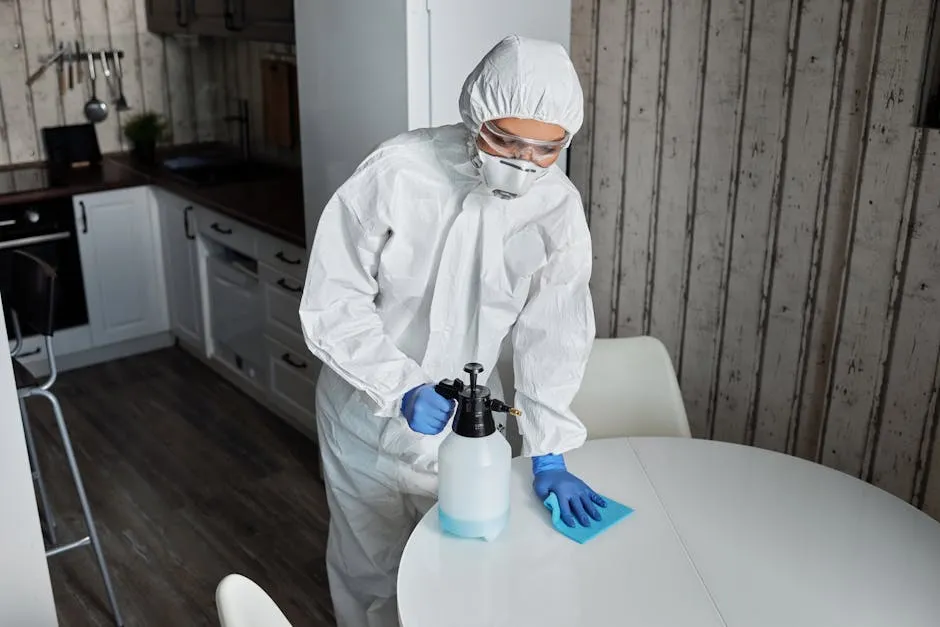
Speaking of safe cleaning, consider using Pet Safe Cleaning Products. They can help you maintain a clean home without risking your dog’s health!
Insecticides and Rodenticides
Pesticides are designed to eliminate unwanted pests, but they can also harm pets if ingested or inhaled. Common household insecticides often contain ingredients like pyrethroids, which are highly toxic to dogs. Symptoms of exposure may include tremors, vomiting, and seizures.
Rodenticides pose a different danger. Ingredients like bromethalin and brodifacoum can lead to severe health issues, including internal bleeding and neurological problems. Dogs may ingest these poisons directly or indirectly by consuming poisoned rodents. Always store these products in secure locations, and consider using pet-safe alternatives for pest control.

Medications
Medications are another category of household items that can be deadly to dogs. Human medications, including pain relievers such as ibuprofen and acetaminophen, can cause severe harm if ingested by pets. These drugs can lead to stomach ulcers, liver failure, and even death.
Antidepressants and ADHD medications can also be toxic. They may cause symptoms ranging from lethargy and agitation to seizures and even cardiac issues. Always store medications in child-proof containers and keep them out of your dog’s reach. If you suspect your dog has ingested any medication, contact your veterinarian immediately.
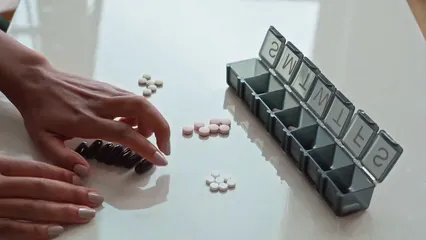
Plants and Other Natural Hazards
In addition to household chemicals, many common plants and everyday items can be toxic to dogs.
Toxic Plants
Several houseplants are dangerous if ingested. Lilies, for instance, can lead to severe kidney damage, while sago palms are highly toxic and can cause liver failure. Other toxic plants include philodendrons, azaleas, and oleanders. Be sure to research any plants you bring into your home and consider pet-friendly alternatives.
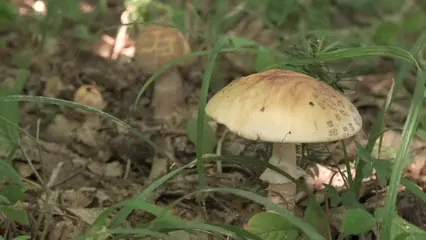
Everyday Hazards
Everyday items around the house can also pose risks. Batteries are a hidden danger, as they can cause mouth ulcers and gastrointestinal blockages if chewed. Plastic bags can lead to suffocation if a dog gets their head stuck inside. Additionally, certain types of wood, such as cherry and black walnut, can be toxic if ingested. Always keep an eye on your dog to prevent access to these hazardous items.
By being aware of the potential dangers in your home, you can create a safer environment for your furry friend. Regularly review your household items and ensure that anything toxic is securely stored out of reach. Safe pets make happy homes!

Prevention Tips
Keeping your home safe for your furry friend is a top priority. Here are some actionable tips to dog-proof your space effectively.
Safe Storage
First things first: store hazardous items out of reach. Think of cleaning products, medications, and food items that can harm your dog. Use high cabinets or locked containers. Your dog might think they’re a master climber, but let’s not give them the chance!
For cleaning products, keep them in locked cabinets. Label drawers and cabinets clearly to avoid any mix-ups. If you have children, ensure they know not to leave items unattended. It’s a team effort! Also, secure trash cans with lids or keep them behind closed doors. Dogs are crafty and can sniff out the most forbidden treasures!
When it comes to medications, a pet-proof container is a must. Store them away from curious noses. Even vitamins can pose risks! If you spill something, clean it up quickly. Your dog’s curiosity shouldn’t lead to a trip to the vet.

As you create a safe space, consider investing in a Pet Gate. This can help keep your dog out of areas that might be hazardous!
Creating a Pet-Safe Environment
Next, let’s talk about alternative safe products. Opt for pet-friendly cleaners whenever possible. Vinegar and baking soda can work wonders without the toxic side effects. You’ll save money and keep your home safe!
Keep an eye on your pets, especially during cleaning sessions. Dogs are quick to investigate new smells. If you’re using a new product, monitor their reactions. A little vigilance goes a long way!
Consider using natural deterrents for pests instead of harsh chemicals. Many options are safe for pets and still effective. Your home can be a haven for both pets and people.
Lastly, educate your family and friends about your dog-proofing efforts. Make sure they know not to leave snacks or drinks unattended. It’s all about teamwork!
By taking these precautions, you can create a safe and welcoming environment for your dog. Remember, a few simple steps can prevent potential dangers and keep your furry buddy happy and healthy.
FAQs
What should I do if my dog ingests something toxic?
First, stay calm. Your pup will pick up on your energy. Immediately check what your dog has eaten. If you know the item is toxic, take action quickly. Contact your veterinarian or a pet poison control hotline. Provide them with details about your dog’s size, age, and the substance ingested. They may instruct you to induce vomiting or bring your dog in for treatment. If possible, bring a sample of the toxic item. Quick responses can save your dog’s life!
Are all plants dangerous for dogs?
Not all plants pose a threat, but many common ones do. The level of toxicity varies widely among species. Some plants are mildly toxic, while others can be lethal. For example, lilies are particularly harmful and can cause kidney failure. It’s essential to research any plant before bringing it into your home. Consult reliable resources to confirm if a specific plant is safe for pets. Your green thumb should not cost your dog’s health!
Can my dog eat any human food?
While some human foods are safe, many are not. Foods like carrots, plain cooked chicken, and peanut butter (without xylitol) can be dog-friendly. On the other hand, chocolate, grapes, and onions are strictly off-limits. Always avoid sharing your meals without first checking their safety for dogs. The rule of thumb is: if you’re unsure, don’t share! This way, you’ll keep your curious canine out of trouble.
How can I keep my dog safe during holidays?
Holidays bring joy, but they also come with hidden dangers for pets. Decorations, such as tinsel and ornaments, can be choking hazards. Certain holiday foods, like chocolate and sweet treats, are toxic to dogs. Be mindful of guests who may unknowingly share unsafe foods with your furry friend. Keep hazardous items out of reach, and educate visitors about what’s safe. With a little preparation, you can ensure your dog enjoys the festivities safely!
Where can I find more information about pet poisoning?
Numerous resources are available to help pet owners understand pet poisoning. The ASPCA Animal Poison Control Center is a fantastic resource, reachable at 888-426-4435. You can also contact the Pet Poison Helpline at 855-764-7661 for urgent assistance. Websites like the American Veterinary Medical Association and the FDA offer valuable information on common household toxins. Keeping a list of these resources handy can make all the difference in an emergency!
For those moments when your dog needs to stay safe while traveling, consider a Dog Seat Cover. It’s a great way to keep your car clean and your pup comfortable!
Please let us know what you think about our content by leaving a comment down below!
Thank you for reading till here 🙂
All images from Pexels

